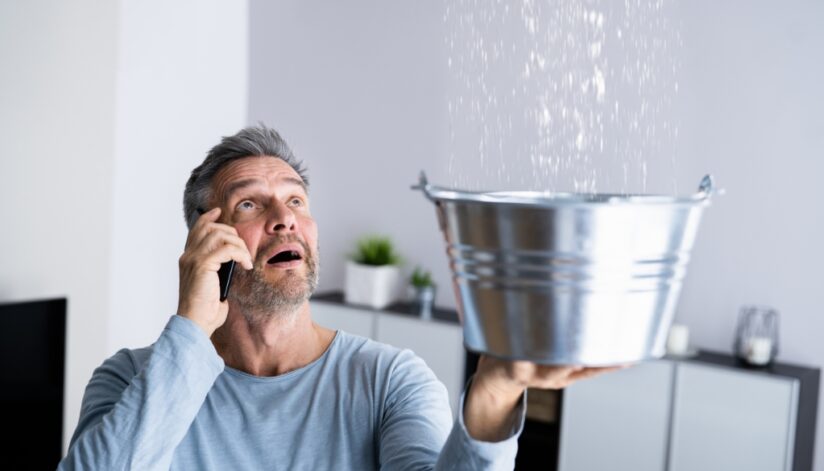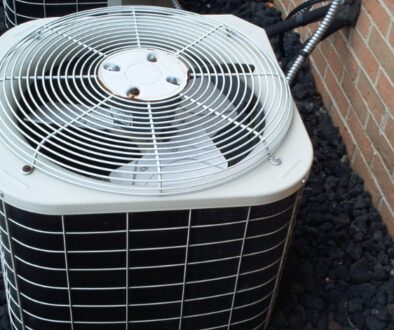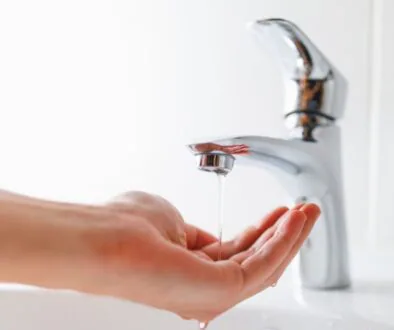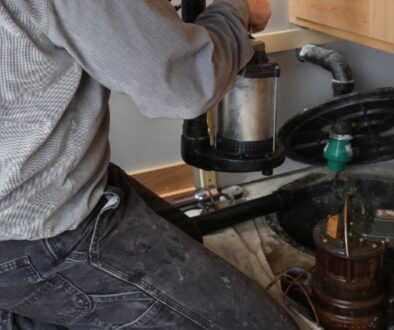Emergency Plumbing: What To Do When You Have A Burst Pipe
A burst pipe can be a homeowner’s worst nightmare, causing significant water damage and disruption. Whether it happens in the middle of a harsh Wisconsin winter or during the warmer months, knowing how to handle a plumbing emergency can save you time, money, and stress. At Niebuhr Plumbing, Heating, and Air Conditioning, we want to equip you with the knowledge to manage a burst pipe until professional help arrives. Follow this step-by-step guide to mitigate damage and ensure a swift resolution.
Step 1: Shut Off The Water Supply
The first and most crucial step is to shut off the water supply to prevent further flooding. Locate your main water shut-off valve, which is usually found in the basement, garage, or near the water meter. Turn the valve clockwise to stop the flow of water. If the burst pipe is localized to a specific area, such as a bathroom or kitchen, you may be able to shut off the water supply to that specific fixture instead.
Step 2: Drain The System
After shutting off the water supply, open all faucets in your home to drain the remaining water from the pipes. This step helps reduce pressure in the plumbing system and minimizes the amount of water that could leak from the burst pipe. Flush toilets several times to empty their tanks.
Step 3: Turn Off The Electricity
Water and electricity are a dangerous combination. If the burst pipe is near electrical outlets, appliances, or your fuse box, turn off the electricity in that area of your home to avoid the risk of electrocution. Locate your home’s electrical panel and switch off the circuit breakers for the affected areas.
Step 4: Identify The Burst Pipe
Once the immediate danger is under control, identify the location of the burst pipe. Look for visible signs of water damage, such as pooling water, damp walls, or ceilings. If the burst pipe is concealed within walls or floors, you may need to listen for the sound of running water or feel for cold spots on the wall. Mark the area to help the plumber locate the problem quickly.
Step 5: Temporarily Seal The Burst Pipe
If you have plumbing repair tape, pipe clamps, or a rubber patch, use these materials to create a temporary seal over the burst pipe. While this won’t provide a permanent fix, it can help minimize water leakage until a professional plumber arrives. Wrap the repair tape tightly around the burst area or secure the patch with clamps.
Step 6: Clean Up Excess Water
Use towels, mops, and buckets to clean up as much standing water as possible. The faster you remove water, the less chance there is for extensive water damage and mold growth. If you have a wet/dry vacuum, use it to suck up water from carpets and floors. Consider setting up fans and dehumidifiers to help dry out the affected areas.
Step 7: Document The Damage
Take photos and videos of the damage caused by the burst pipe. This documentation will be helpful for insurance claims and to provide the plumber with a clear understanding of the extent of the damage. Include pictures of the affected areas, any personal property that was damaged, and the burst pipe itself.
Step 8: Call A Professional Plumber
Now that you’ve taken the necessary steps to control the situation, it’s time to call a professional plumber. At Niebuhr, our experienced technicians are available 24/7 to handle emergency plumbing situations and provide prompt, reliable service. Call (608) 782-1700 and explain the situation and any temporary fixes you’ve applied to help the plumber prepare for the repair.
Preventing Future Bursts
While dealing with a burst pipe is stressful, there are steps you can take to prevent future occurrences:
1. Insulate Your Pipes
Pipes in unheated areas like basements, attics, and garages are more susceptible to freezing and bursting. Insulate these pipes with foam sleeves or heat tape to protect them from extreme temperatures.
2. Maintain A Consistent Temperature
During cold weather, keep your home at a consistent temperature, even when you’re away. Set your thermostat to at least 55°F to prevent pipes from freezing.
3. Allow Faucets To Drip
In freezing conditions, allow faucets to drip slightly to keep water moving through the pipes. This can help prevent freezing and relieve pressure buildup.
4. Regular Maintenance
Schedule regular plumbing inspections to identify and address potential issues before they become emergencies. Our technicians at Niebuhr can perform thorough checks and maintenance to ensure your plumbing system is in top shape.
Why Choose Niebuhr
When a plumbing emergency strikes, you need a trusted professional to provide quick and effective solutions. Here’s why you should choose Niebuhr:
- Experienced Technicians: Our team of skilled technicians has the knowledge and expertise to handle any plumbing emergency with efficiency and professionalism.
- High-Quality Equipment: We use only the best tools and materials to ensure long-lasting repairs and installations.
- Customer Satisfaction: We prioritize your comfort and satisfaction, going above and beyond to meet your needs and exceed your expectations.
- Affordable Prices: We offer competitive pricing on all our services, making it easy to get the help you need without breaking the bank.
Dealing with a burst pipe can be overwhelming, but knowing the right steps to take can make all the difference. Call Niebuhr today at (608) 782-1700 for all your plumbing needs and experience the peace of mind that comes with professional, reliable service. Stay safe and protect your home with Niebuhr by your side.




